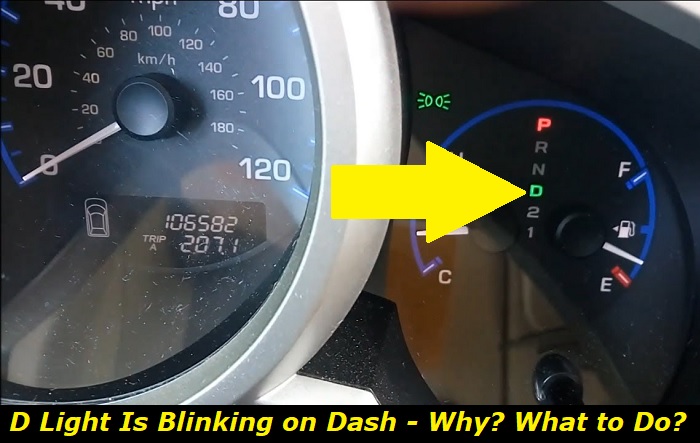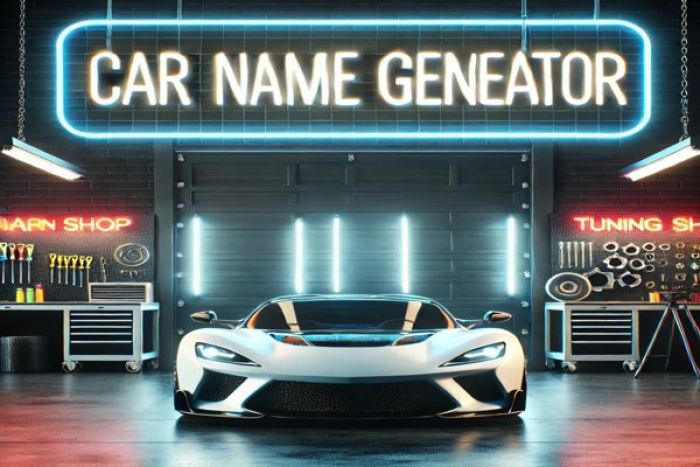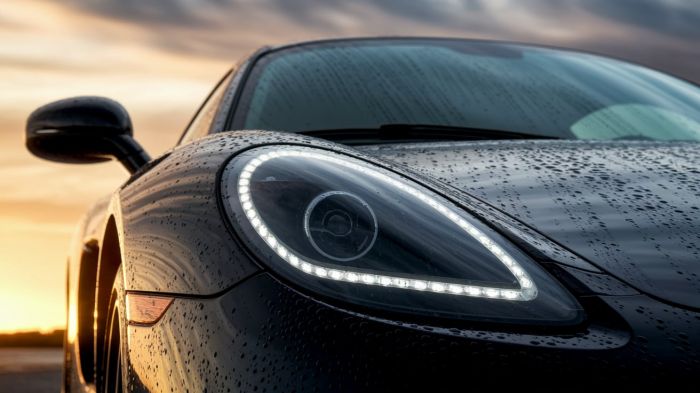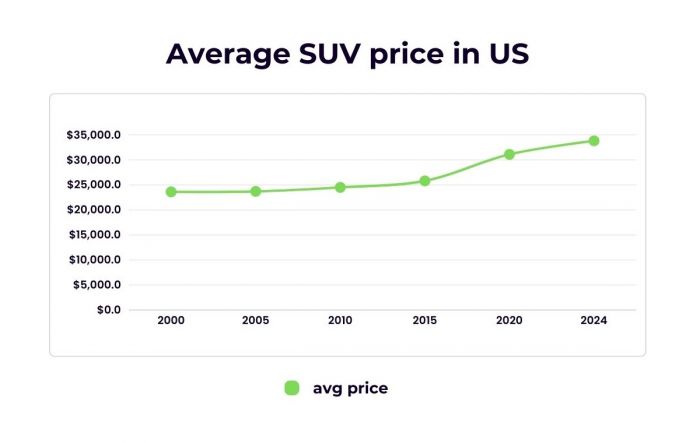You can drive with a blinking D light but it's not recommended because this may make the problems with your transmission much worse than now. This light usually tells you that there is an issue with the transmission like low fluid level or high temperature, or gears slipping. If you keep driving, some of these problems may easily kill your transmission.
Automatic transmission malfunction highlights
- Level of importance:Medium
- Reasons:Electronic control problems, shifter issues, sensor-related issues
- Needed expertise:High
- Needed tools:Professional tools set
- Time taken:1-8 hours
- Can you drive? Not recommended
- Possible issues: Fatal damage, overheating, torque converter damage, TCU damage.

What's the blinking D light in your car?
In most cases, we will be talking about a Honda vehicle because this company uses the blinking D light as one of the ways to tell a driver that something is wrong with the transmission. But there are other vehicles that can do this, too.
Your car with an automatic transmission will obviously have the indication on the dash telling you which mode of your transmission is now activated. When your D letter starts blinking when the car is in Drive or when there is a little green light blinking close to the D indicator light, you get the message from your vehicle telling you that the transmission is in danger.
It may or may not show any other symptoms like gear slipping, bad engagement of gears and modes in a transmission, poor shifting, etc. Also, the car may or may not light up the check engine light and throw some warning messages on the dash. Sometimes, these messages accompany the blinking D light, but sometimes they don't.
So, you may be surprised when you notice that the D is actually blinking when you drive. One my acquaintance called me once and asked if it was OK that the green light is blinking near the D light in his Honda. He just thought this was how Honda transmissions work. But no, of course, it wasn't alright and I told him to go to the dealership immediately.
What can blinking D light mean in your car?
Before we decide whether you can drive with this light on your dash or not, we need to understand why on Earth it is blinking. And the answer is not that clear. Actually, any problem with a transmission that can be registered by numerous sensors and control modules can trigger the blinking D light in your car.
Here are the examples of these possible reasons:
- slipping gears - when your ECU registers slipping transmission signs, it may throw a code that means that the transmission requires inspection;
- low transmission fluid - this is probably the most common reason why the D light may be blinking;
- overheating transmission - some cars have temp sensors in their transmissions while other ones may deduct the overheating transmission by other factors;
- problems with the transmission control module - all automatic transmissions have kind of separate control units that may malfunction;
- other problems registered by your car that may be connected to the transmission.
If your vehicle already has over 200,000 miles on it, then most likely, the transmission is asking for some attention. The problems may even be with the gears and torque converter and you can find this out only after proper inspection of the transmission. I recommend going to professional mechanics and having the transmission inspected by them.
Can you drive when you see the D light blinking?
Well, I can't answer this question with a clear "Yes" or "No". This depends on what exactly happened to the transmission and on the fact that further driving can make things even worse. But given there is a chance of fatal transmission failure, you should really be careful. Also, you can't understand the actual reason for this issue, so you should stop the vehicle when you notice the blinking D light.
I don't think it's necessary to call a tow truck and pay huge money for delivering your vehicle to the dealership or repair shop. You just need to stop and wait for 15 minutes. If the problem is with the overheating transmission, the warning light may go off after this time. It doesn't mean that you can drive and forget about the problem. But at least, you can drive to the dealership without calling a tow truck.
Even if the light is not off, you can still try driving but be very careful. Here are some other symptoms that clearly tell you that you shouldn't drive further:
- the D light is blinking and one or several of the symptoms listed below are present in your car;
- you hear grinding noises coming from under the hood when you drive;
- you see the RPM needle going up and down - this means the transmission is slipping heavily;
- you can't drive because the D can't be engaged, you can only drive in Reverse;
- the transmission only shifts to the first gear and doesn't shift to any other;
- there is a warning message telling you to stop and not drive further.
Also, you can notice that the transmission can only shift to one certain gear - the second or the third. It means that the transmission is in the limp mode and you can still drive. But limit your speed to 20 MPH and never press the gas pedal too hard. Just move that way to your home or directly to the repair shop.
In other cases, you can still drive your vehicle but remember that you better let it rest on the roadside for several minutes. Maybe, this will fix the problem with overheating.
Even if you decide to drive after you see the D light blinking on the dash of your car, drive carefully and don't speed up too much. Otherwise, you can find the transmission dead after you reach your destination.
What should I do immediately after I see blinking D light?
Now you understand that the blinking D may tell you about a serious problem with your transmission. And you should be ready for different problems and breakdowns because some failures of the transmission may be fatal. But you can do something to prevent the transmission from failing fatally just by following my advice.
I will describe the optimal and acceptable reactions to the blinking D light in your vehicle.
Here's the optimal way to react:
- you make sure that there are no other warning lights or messages;
- you let the car stand on the roadside with the engine off for 15 minutes;
- then, you drive carefully to the nearest dealership or repair shop;
- mechanics inspect the vehicle with a scanner and look at the transmission;
- the car is diagnosed and now you make a certain decision on what to do.
Here's the acceptable situation:
- you immediately safely go to the right side of the road and drive slowly;
- you go to your destination and leave the car alone for some time;
- after you start the engine again, you check if the D light is still blinking;
- you plan the visit to the dealership or repair shop at the nearest time.
It's important to have the vehicle inspected by professionals. This will help you learn more about the problem that triggered the warning light and decide what to do with the vehicle. At least, you will need to have the transmission fluid changed along with the filter. But, in most cases, mechanics will find more problems.
How much is it to repair the automatic transmission after the D light blinking?
The price of the repair depends highly on what exactly happened with your transmission. While fluid change can cost between $200 and $500 depending on the type and model of the transmission, the complete overhauling or rebuilding will cost you more than $1,500 for most torque-converter transmissions.
Sometimes, the repair seems to be more expensive than the purchase of the new or used transmission. And this can be the solution in your case if the damages in the transmission are much worse than expected. But anyway, even with transmission replacement, labor costs will not be very low.
Final thoughts
If you see the D light blinking in your vehicle, you better stop the car immediately and let it rest for a while. Then, choose the nearest dealership or trusted repair shop for the inspection of the transmission. The sooner you do this, the higher the chance of successful and cheap repairs. If you keep driving with such a warning light on your dash, chances are that your transmission will be completely destroyed and will require replacement.
About the authors
The CarAraC research team is composed of seasoned auto mechanics and automotive industry professionals, including individuals with advanced degrees and certifications in their field. Our team members boast prestigious credentials, reflecting their extensive knowledge and skills. These qualifications include: IMI: Institute of the Motor Industry, ASE-Certified Master Automobile Technicians; Coventry University, Graduate of MA in Automotive Journalism; Politecnico di Torino, Italy, MS Automotive Engineering; Ss. Cyril and Methodius University in Skopje, Mechanical University in Skopje; TOC Automotive College; DHA Suffa University, Department of Mechanical Engineering






Add comment